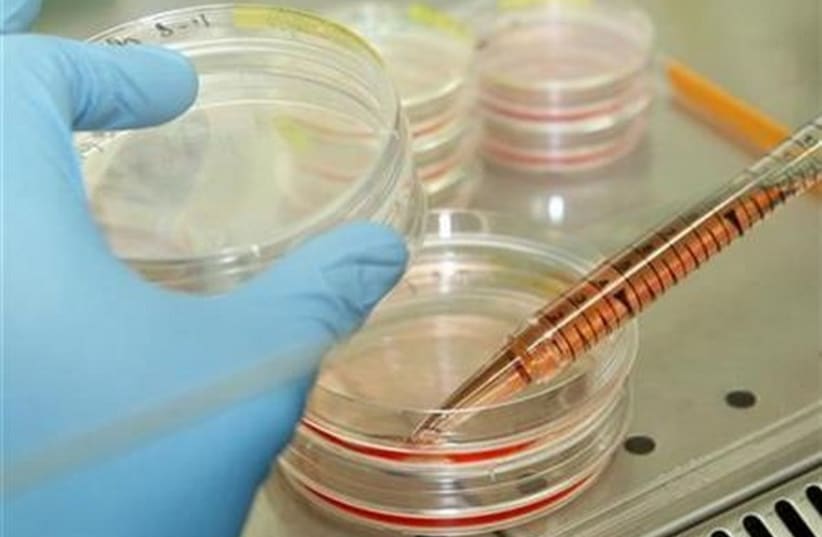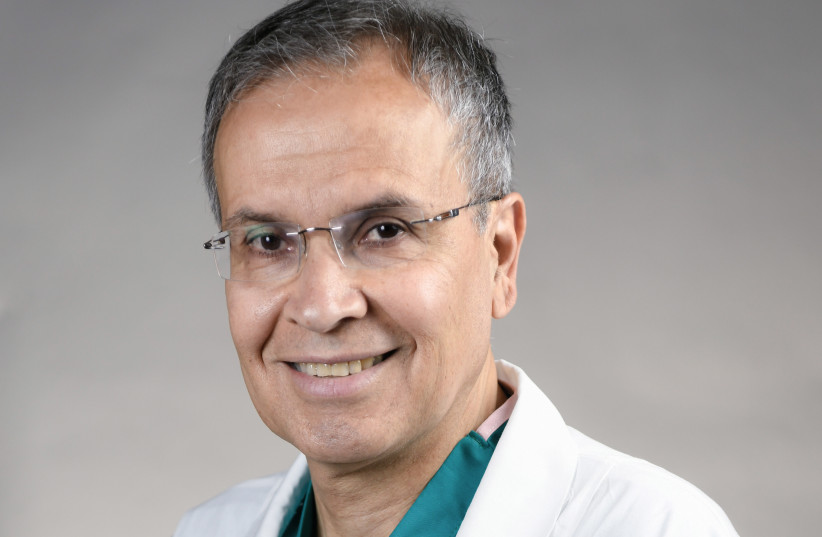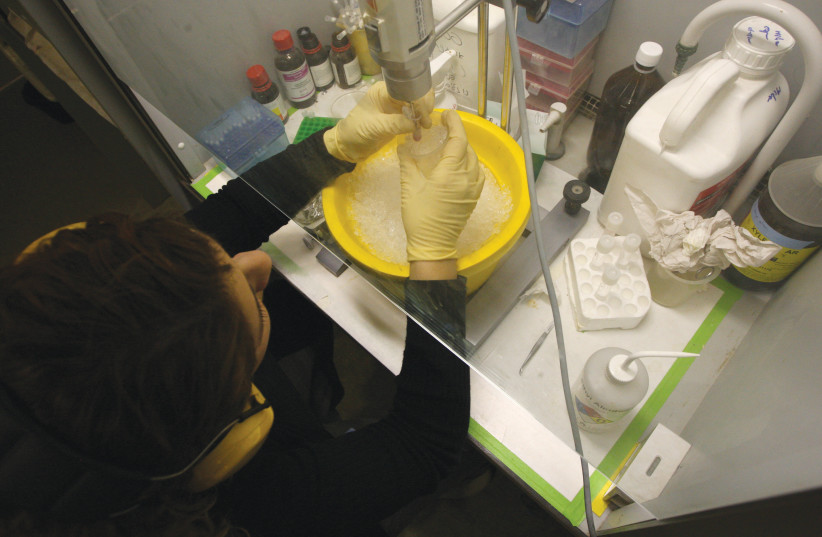For the first time ever, human male and female cells have been created with the same genetic code from the same person. The breakthrough, made at Jerusalem’s Hadassah University Medical Center, is a unique model that could lead to new discoveries in the study of sex differences and in the speedier development of gender medicine.
The study, led by Prof. Benjamin Reubinoff, director of the Swartz Stem Cell Research Center at the Goldyne Savad Institute of Gene Therapy and a senior physician at the hospital’s obstetrics and gynecology department, was published in the journal Science Direct: Stem Cell Reports under the title “Modeling sex differences in humans using isogenic induced pluripotent stem cells.”
“This is a breakthrough in the field of gender medicine.”
Prof. Reubinoff
The importance of gender differences for medicine
In recent years, there has been a growing understanding that gender differences affect health, including the risk of developing certain diseases and the course of diseases. Women, for example, have a higher risk of developing autoimmune diseases such as multiple sclerosis and rheumatoid arthritis, while men are more likely to have more serious illness when infected with COVID-19 and other infections. There are also differences in cardiac morbidity and various psychiatric disorders.
In addition, there are differences between the sexes in the effectiveness and side effects of drugs. Most of the drugs taken off the shelves in recent years posed a greater risk for women.
As a result, there is an increasing interest in the field of gender medicine that deals with the effects of biological sex on health, disease course, and the effectiveness and toxicity of therapies.
Medical research, pharmaceutical companies and health authorities have recently been dealing with gender differences and the need to adjust treatments and determine drug dosages according to the patient’s sex, but research and development in the field has encountered difficulties.
In nature, there are no genetically identical twins where one is a male and the other is a female. In the absence of a man and a woman with the same genetic code, when comparing the sexes today, a large number of women and men must be tested to overcome the natural genetic variance among humans that masks the differences between the sexes. In addition, when differences are found, it is impossible to know whether they are due to sex chromosomes or derived from a different hormonal composition between males and females.
A unique model of male and female stem cells
The Hadassah team created male and female stem cells with the same genetic code from the same person that only differ in sex chromosomes. The biological sex is determined by the composition of the sex chromosomes of the fetus – the female cells contain two X chromosomes (XX), while the male has one X and one Y chromosome (XY). These differences result in the creation of reproductive organs unique to each sex and the secretion of male and female hormones, which also contribute to the variability between the sexes.
“The unique stem cell system we have developed will lead to new discoveries about gender differences ... and contribute to the development of better medicine adapted to men and women.”
Prof. Reubinoff
The unique model of male and female stem cells with the same genetic code allows for a clear demonstration in the lab of gender differences, without the masking resulting from natural genetic variability between individuals. And it bypasses the need for comparative research of a large number of men and women.
Since isolated stem cells can mature into any cell in the human body, the model that was developed will make it possible to study differences between the sexes in all types of cells and to understand whether the cause of those differences is the composition of the sex chromosomes or the difference in the hormonal profile.
The study was carried out as part of the doctoral dissertation of physician-researcher Dr. Ithai Waldhorn. “To develop the unique stem cells,” he explained, “we used the blood cells of a man with Klinefelter syndrome – a genetic syndrome in which the man has two X chromosomes and one Y chromosome (XXY), and appears in one or two out of every 1,000 males. The blood cell donor to our study was unique and one of the few Klinefelter sufferers in the world whose blood also had small subpopulations of normal male (XY) and female (XX) cells.”
The team turned the donor’s blood cells into both induced pluripotent stem cells and isolated stem cells that were genetically identical except that they were male or female. The stem cells make it possible to study of the differences between males and females – in the absence as well as in the presence of sex hormones – and distinguish between genetic and hormonal influences on gender differences, he said.
“This is a breakthrough in the field of gender medicine,” Reubinoff asserted. “The world of medical science today recognizes the great importance of the differences between women and men. The US National Institutes of Health (NIH) has changed its policy in recent years, now requiring that all medical research that it funds be conducted on both sexes equally. The unique stem cell system we have developed will lead to new discoveries about gender differences, [and] can help compare the efficacy and toxicity of drugs and contribute to the development of better medicine adapted to [both] men and women.”


